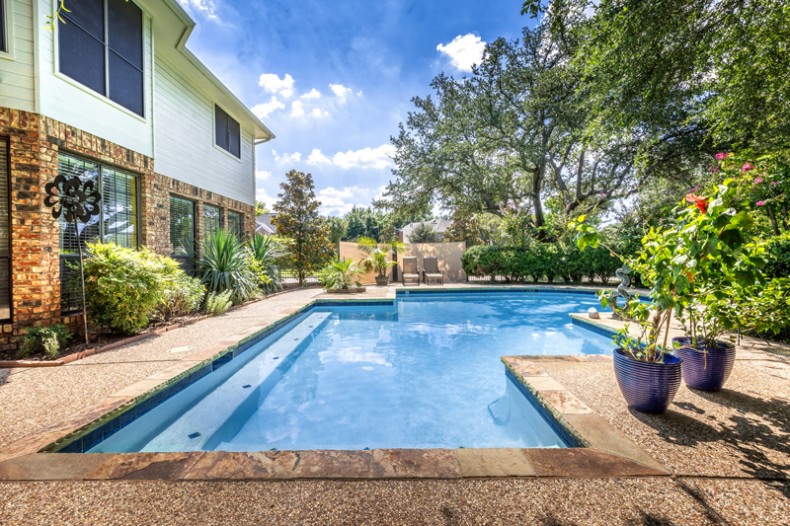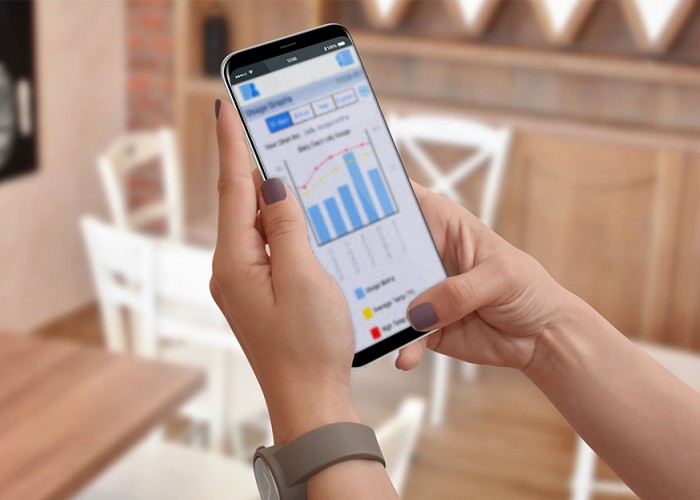Swimming in Savings
Help make your pool more energy efficient
By Jonathan SusserQ: I read somewhere that my pool pump is one of the biggest energy users in my home. Is that true? What can I do to make it more energy efficient?
A: It is, indeed, true. Circulating, filtering and cleaning all that pool water year-round — especially in the summertime — eat up a significant amount of energy. In fact, pool pumps, due to their motor, may be your second largest energy consumer at home, behind only your heating and cooling system. Fortunately, there are efficient pumping technologies that will make less of a dent in your wallet while keeping the water crystal clear.
When evaluating a pool pump for efficiency and savings potential, the biggest thing to look for is whether it is single-speed or variable-speed. Single-speed pool pumps, as their name suggests, operate at only one speed no matter the task. In other words, they’ll run at the same rate when operating a chlorinator, supporting water features or filtering, despite the latter requiring less power.
Keep an eye out for the Energy Star® label on pool pumps. Energy Star independently certifies variable-speed pumps — both in-ground and above-ground models — that meet specific criteria, so you’ll be even more confident that you’ll save energy and money.
Variable-speed pool pumps, on the other hand, can tailor their speed to specific uses, and can be programmed to do so, so that you don’t waste power when it isn’t necessary. These pumps also tend to be quieter and should require less maintenance and last longer than single-speed pumps, because slower filtration rates put less stress on the equipment. However, you’ll still want to properly maintain them just like the others — by repairing leaks and removing debris, for instance — so they operate at peak performance.
A downside to variable-speed pool pumps is that they cost more upfront than single-speed pumps (though check with your electric cooperative for rebates). However, given their operating cost savings, their break-even point is typically just a couple of years, and you should save a substantial amount of money from then on — likely on the order of hundreds of dollars annually. Pool equipment manufacturer Pentair provides an online calculator to gauge how much you might be able to save.
Also, keep an eye out for the Energy Star® label on pool pumps. Energy Star independently certifies variable-speed pumps — both in-ground and above-ground models — that meet specific criteria, so you’ll be even more confident that you’ll save energy and money. In fact, certified in-ground pool pumps use up to 65 percent less energy than standard pool pumps, and certified above-ground pool pumps use around 17 percent less energy.
While pumping will be your largest pool-related energy expense, there are additional ways to cut down on costs. For example, safely covering your pool when it’s not in use can help reduce any heating expenses, conserve water and even make cleaning easier. If you have a pool heater, try to avoid heating your pool too much beyond 78 degrees — each degree you add could set you back an additional 10% to 30% in energy.
So, worry a bit less about the bank and enjoy the sun and water this summer. Maybe you’ll even get to fit in a few extra pool parties with your new savings.
-
More energy tips
-
Share this story:





